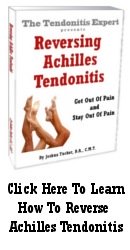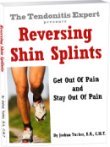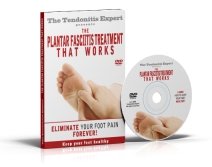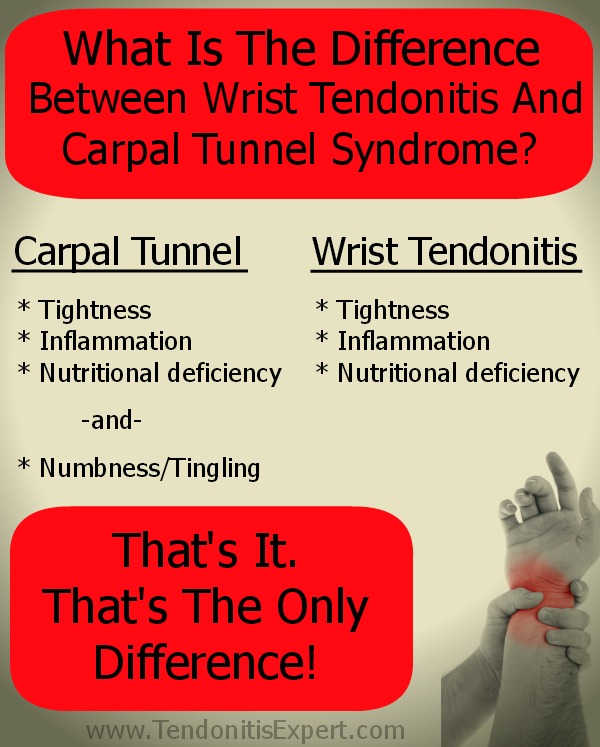Heel Spur Treatment
What is the best Heel Spur Treatment?
That depends.
And…..do you need to treat the heel spur, or do you need to treat the factors that are causing the heel spur?
The only way to get rid of a heel spur is a medical procedure to grind it off (ouch!).
But lots of people have heel spurs but no actual symptoms, so perhaps you can become pain free without a painful surgery and recovery process that may or may not reduce your symptoms.
Heel Spur Treatment That You Have To Have When You
Have To Have It
Heel Spur Symptoms can be some of the worst.
A Bone Spur can show up anywhere there is stress on a bone. Heel spurs can show up most anywhere on the heel bone.
If you are determined to remove the heel spur, then your only option is to find a surgeon and have an operation.
If you -need- to remove the heel spur, surgery is your only option.
Sometimes this is a great idea and makes life way better.
Sometimes it doesn't help the pain and/or makes the pain worse. Far too often, spur removal does increase symptoms, for reasons we'll talk about farther down the page.
There are two basic categories where bone spur surgery really is a necessity.
- The heel spur is on the bottom of the heel, and you step on it/stand on it (which makes it hurt more and grow more)
- The heel spur is large and is directly damaging other tissue (like the Achilles tendon)
In these scenarios, one kind of needs to have the surgery. Nothing else is going to have a chance to ‘make
it better’. The bony growth is causing real damage/problem.
1. Imagine there's a marble glued to the bottom of your heel. And you go walking around on it.
EVERY STEP is going to
- hurt
- cause a pain signal being sent to the brain
- increase the process of inflammation that dumps pain enhancing chemical into the area
- add to a Bone Bruise
- cause compensation in how your body fires it's muscles (compensation is ultimately a bad thing)
If that marble was a heel spur, then with every step you're going to cause the spur to grow a little bit more.
2. As a heel spur grows, it is eventually going to start growing into and/or grinding on other structures.
For instance, if the heel spur is on/in/under the achilles tendon attachment to the heel, eventually the spur will split and damage the tendon. That's bad news.
Unfortunately, in this scenario the achilles tendon needs to be detached to get to the spur and to repair the tendon damage. And THAT is bad news, as tendon removal/detachment causes a much more severe injury.
Heel Spur Treatment You Don't Have To Have When You Don't Have To Have It
Imagine that you had surgery to remove a bone spur on your heel only to discover that it wasn’t actually the spur that was causing the pain/problem. Months after surgery you were still having the same pain/problem (probably worse).
I’d feel pretty dumb if that happened to me.
Doctors often prescribe months of ‘conservative’ heel spur treatment, including but not limited to:
Physical therapy
Anti-inflammatory meds like Ibuprofen
Splints and braces
Shockwave therapy
Unfortunately those are all VERY unlikely to give you the results you want. Because those methods are not effective at reversing the factors that cause the formation of the heel spur….and all the symptoms that you are experiencing.
The ‘conservative’ treatments they -should- be prescribing are what you learn in the Reversing Achilles Tendonitis program. The forces that cause Achilles Tendonitis (and Plantar Fasciitis) are the same factors that cause heel spur formation.
Forces cause bone spur formation. If you want to stop bone spur growth, and if you want to reduce symptoms, then you need to reverse those forces. Anywhere that there is stress on a bone can result in spur formation.
That can cause, or be caused by, the Tendonitis dynamic.
See: What Is Tendonitis?
Up to a certain point of bone spur size/growth, it is the forces that are causing pain and dysfunction. When doctors find a heel spur they put all the blame on that.
But they ignore all the forces that made it develop in the first place.
See: Pain Causing Dynamic
And then they go right to wasting your time with doomed-to-fail treatment modalities like the ones listed above, and when those fail, to bone spur surgery.
Surgery has its risks and downsides. My preference is to try to reduce symptoms with effective risk-free methods.
Moral(s) of the story: Treat the actual CAUSES of the symptoms.
Don’t go through the trauma of grinding the bone spur off if the bone spur isn’t the cause of the symptoms
Return to the top of this Heel Spur Treatment page.
Go to the www.TendonitisExpert.com homepage.
| Share Your Story
|




